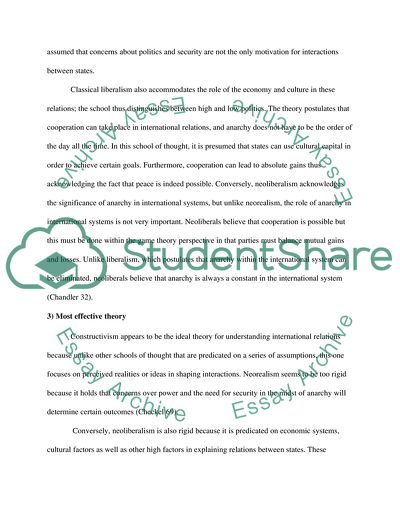Cite this document
(“Differences Between Realism And Classical Neorealism Admission/Application Essay”, n.d.)
Differences Between Realism And Classical Neorealism Admission/Application Essay. Retrieved from https://studentshare.org/social-science/1647048-essay
Differences Between Realism And Classical Neorealism Admission/Application Essay. Retrieved from https://studentshare.org/social-science/1647048-essay
(Differences Between Realism And Classical Neorealism Admission/Application Essay)
Differences Between Realism And Classical Neorealism Admission/Application Essay. https://studentshare.org/social-science/1647048-essay.
Differences Between Realism And Classical Neorealism Admission/Application Essay. https://studentshare.org/social-science/1647048-essay.
“Differences Between Realism And Classical Neorealism Admission/Application Essay”, n.d. https://studentshare.org/social-science/1647048-essay.


